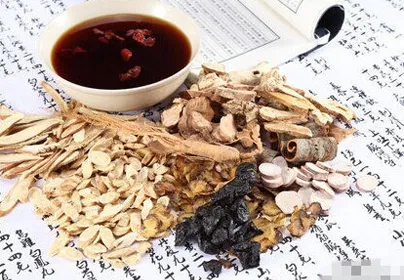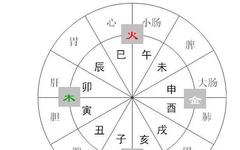Promoting knowledge of Traditional Chinese Medicine (TCM) and enhancing TCM culture


TCM emphasizes the balance of Yin and Yang
 There is a famous saying in TCM: “When the righteous Qi is within, evil cannot invade.” This means that as long as the Yin and Yang in our body are balanced, the righteous Qi can exist properly within the human body. So how can we ensure the balance of Yin and Yang? We can pay attention to the following eight aspects.
There is a famous saying in TCM: “When the righteous Qi is within, evil cannot invade.” This means that as long as the Yin and Yang in our body are balanced, the righteous Qi can exist properly within the human body. So how can we ensure the balance of Yin and Yang? We can pay attention to the following eight aspects.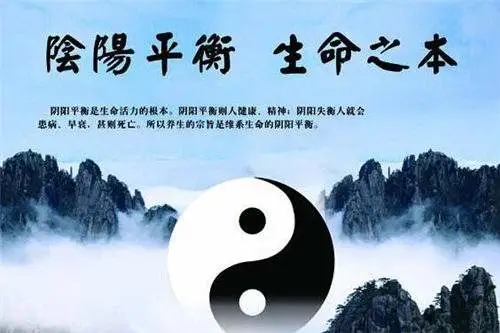
 Eight Methods to Ensure Yin-Yang BalanceIn TCM, the concept of Yin and Yang is emphasized, for example: the sun represents Yang, the moon represents Yin, men represent Yang, women represent Yin, heat represents Yang, cold represents Yin, the exterior represents Yang, the interior represents Yin, above represents Yang, below represents Yin, solid represents Yang, and empty represents Yin. Yin and Yang can be counted in tens, extended to hundreds, thousands, and even tens of thousands. The essence is that when Yin and Yang are balanced, there will be no disease.
Eight Methods to Ensure Yin-Yang BalanceIn TCM, the concept of Yin and Yang is emphasized, for example: the sun represents Yang, the moon represents Yin, men represent Yang, women represent Yin, heat represents Yang, cold represents Yin, the exterior represents Yang, the interior represents Yin, above represents Yang, below represents Yin, solid represents Yang, and empty represents Yin. Yin and Yang can be counted in tens, extended to hundreds, thousands, and even tens of thousands. The essence is that when Yin and Yang are balanced, there will be no disease.
1. Follow Seasonal Changes
In daily life, one should adjust their lifestyle according to the seasonal climate changes. Follow the principles of health preservation: spring for growth, summer for development, autumn for harvest, and winter for storage. Regulate daily routines, maintain a regular diet, and sleep on time. Combine health practices with the 24-hour cycle of organ function to enhance immunity from the smallest details of life.
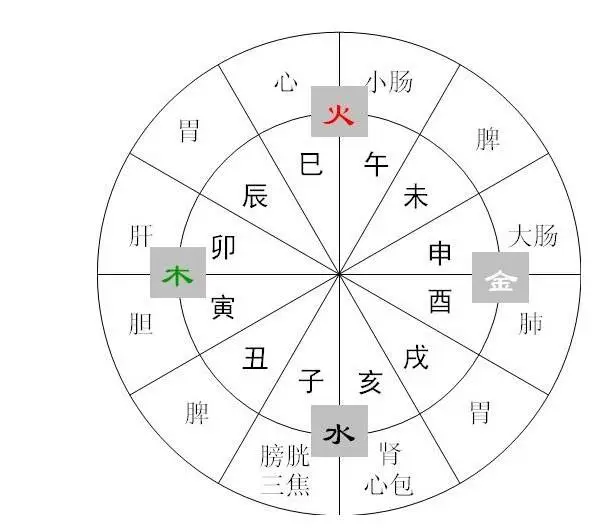
2. Regulate EmotionsThe mental state is an internal environmental factor of the body. A stable internal environment helps retain the righteous Qi within the body, naturally enhancing immunity. The TCM principle of “tranquility and emptiness” emphasizes that people should maintain a peaceful mindset, treat everything with an ordinary heart, avoid being overly calculative, and not burden others or themselves, thus avoiding the impact of negative emotions such as anxiety and tension.
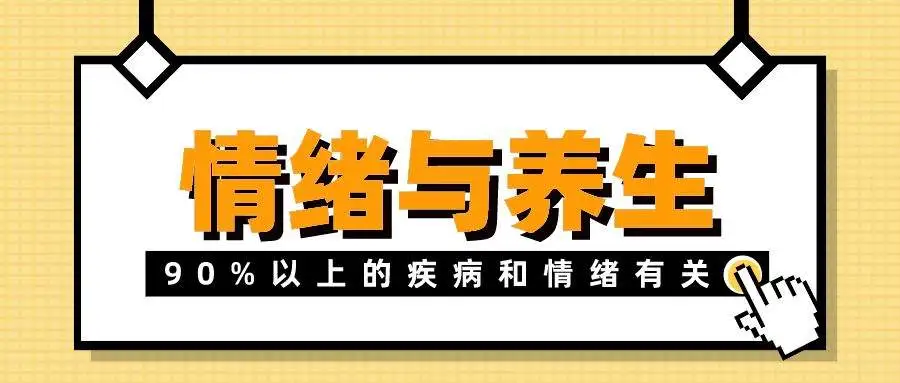
3. Moderate DietMany people have a misconception about health preservation: “What can I eat to strengthen my weak spleen and stomach?” In fact, a balanced and regular diet, avoiding both hunger and overeating, and not being picky with food is the best way to regulate the spleen and stomach. The principle of eating should also emphasize Yin-Yang balance. Dietary choices should be meticulous, from cooking methods to ingredient selection, and should align with seasonal changes, possibly incorporating TCM herbal dishes for regulation.
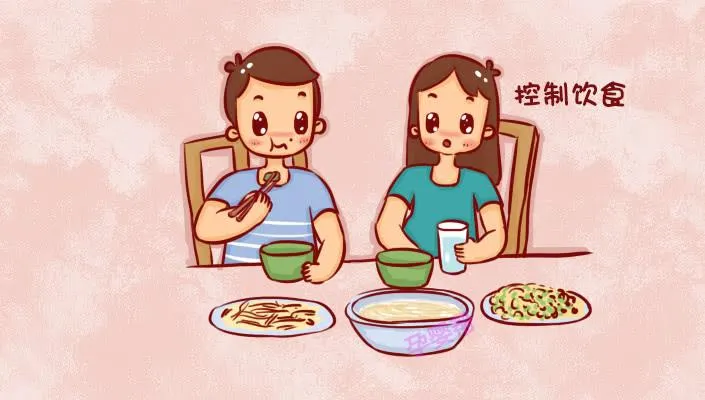
4. Maintain Regular ExerciseThere are many forms of exercise; some people enjoy running and jumping rope, while some women prefer yoga and dancing, and some men like to lift weights at the gym. Many may ask: which type of exercise is more beneficial to health? In fact, your body will quietly tell you the answer. Any exercise that leaves you feeling relaxed and can be sustained over time is beneficial to health.In ancient times, exercise was referred to as guiding movements, with methods like Ba Duan Jin (Eight Pieces of Brocade), Yi Jin Jing (Muscle-Tendon Change Classic), Wu Qin Xi (Five Animal Frolics), and Tai Chi being suitable for all ages. Set small exercise goals for yourself, accumulate and persist over the years, and your body will be trained, naturally enhancing immunity. It is important to emphasize that the goal of TCM exercise is not merely weight loss to maintain body shape, but rather to pursue a balance of physical and mental joy. During exercise, pay attention to the connection between man and nature; for example, many forms of exercise begin facing the rising sun in the east, symbolizing the start of life each day. While exercising, focus on breathing and relaxation, as the cultivation of Qi, Jing, and Shen (vital energy, essence, and spirit) is the most important.5. Foot SoakingAlso known as foot baths, this can be combined with appropriate herbal washes and is a commonly used health preservation method. It has the effects of promoting blood circulation, dispelling stasis, eliminating dampness and toxins, and calming the heart and spirit, thus promoting blood circulation and metabolism, achieving health preservation.
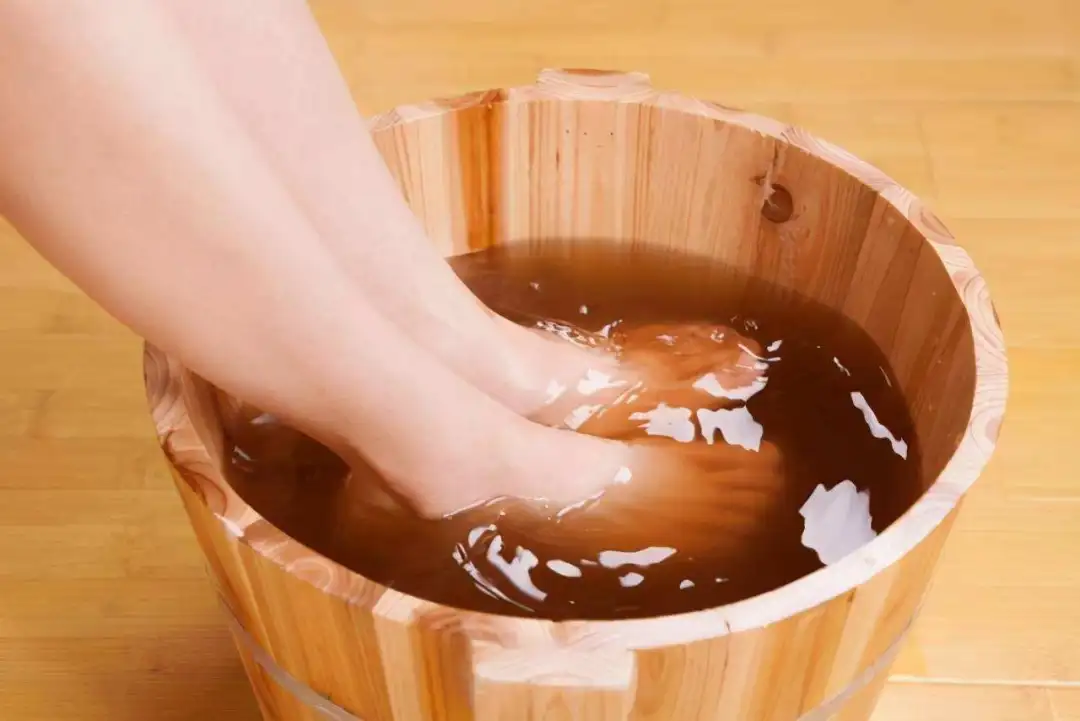
6. MoxibustionMoxibustion is one of the external treatment methods in TCM, commonly used to prevent and treat various cold pathogens causing neck, shoulder, waist, and leg pain. Applying moxibustion to specific acupuncture points can harmonize Qi and blood, regulate meridians, nourish organs, and enhance immunity. Moxibustion primarily relies on the warmth and stimulation of specific body areas, enhancing local blood and lymph circulation. The temperature generated by moxibustion or the smoke from traditional moxibustion creates a specific stress state in the body, mobilizing and activating the body’s potential, thus enhancing the immune system and improving immunity.
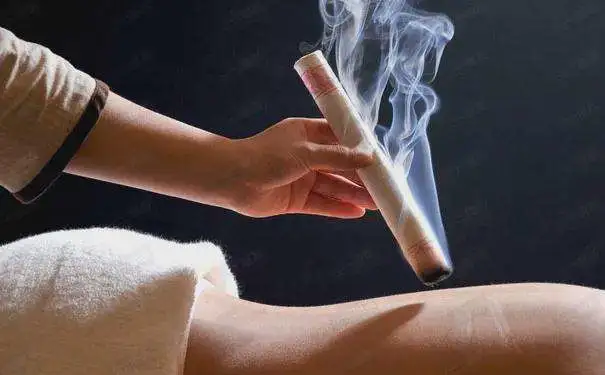
7. Self-Massage
Self-massage is also a very good TCM health preservation method. Doing it for ten minutes daily and persisting over time will yield good results.
Neiguan Point (Neiguan): Located on the palm side of the forearm, on the line connecting Quze (Quze) and Daling (Daling), 2 inches above the wrist crease, between the tendons of the palmaris longus and the radial flexor of the wrist. It is commonly used to treat angina pectoris, myocarditis, arrhythmia, gastritis, and hysteria.
Taixi Point (Taixi): Located on the inner side of the foot, in the depression between the inner ankle and the Achilles tendon, that is, in the depression between the inner ankle and the Achilles tendon. It is commonly used to prevent and treat toothache, sore throat, asthma, bronchitis, cold hands and feet, arthritis, and rheumatic pain.
Zusani Point (Zusanli): Located on the outer side of the lower leg, 3 inches below the knee. It is used to treat gastrointestinal disorders, lower limb paralysis, mental disorders, surgical diseases, and various deficiency syndromes. It can be pressed with the thumb or a massage stick, and can also be combined with moxibustion. Since the calf muscles are thick, the pressure can be increased compared to the previous two points, paying attention to the sensation of soreness while coordinating with breathing.
Hegu Point (Hegu): Located on the back of the hand, between the first and second metacarpal bones, at the midpoint of the radial side of the second metacarpal bone. It can be used for emergency pain relief for various pain symptoms, and can also be used for symptoms such as motion sickness and nausea.
Guanyuan Point (Guanyuan): Located in the lower abdomen, on the anterior midline, 3 inches below the navel. It is suitable for the treatment and health preservation of reproductive system diseases. Combining it with moxibustion enhances the health effects.
Zhongwan Point (Zhongwan): The midpoint of the line connecting the lower end of the sternum and the navel. This point treats digestive system diseases such as bloating, diarrhea, abdominal pain, borborygmus, acid reflux, vomiting, constipation, and jaundice. It is also effective for general stomach diseases, loss of appetite, dizziness, tinnitus, acne, lack of energy, and neurasthenia. Massaging it half an hour after meals is more effective, and the pressure should not be too strong to avoid nausea or pain.
8. TCM Herbal Regulation
In addition to home regulation, one can seek professional treatment at a TCM hospital.Based on each individual’s constitution, appropriate regulation plans can be selected, which may include taking herbal decoctions, pills, pastes, granules, or prescription herbal dishes, as well as acupuncture, cupping, scraping, physiotherapy, and Tui Na (Chinese therapeutic massage) to enhance immunity and maintain a healthy body.
